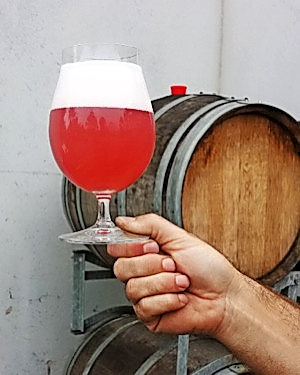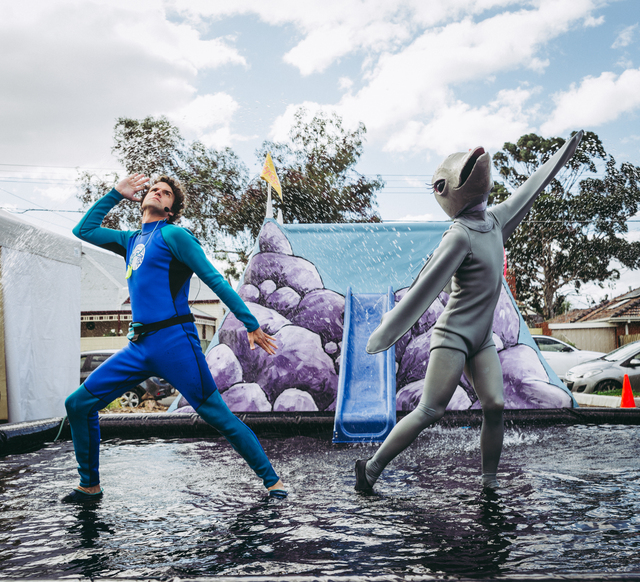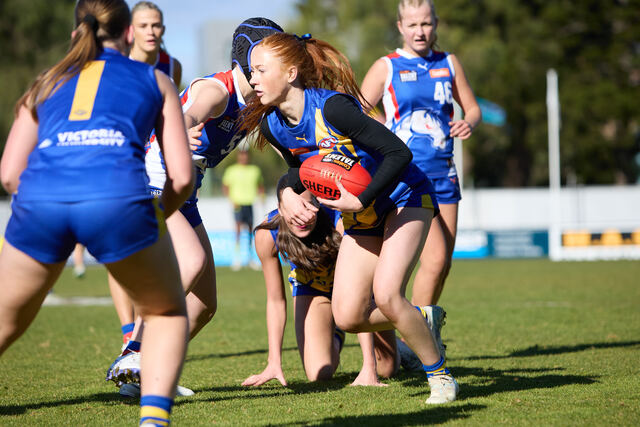By Ben Thomas
Craft beer and I have a love-hate relationship. While I am constantly amazed by the number of complex aromas and flavours some brewers can pack into a small bottle, I often find I can drink only a glass or two before the intense flavour becomes too much to enjoy.
However, change is afoot in the world of craft beer and there’s a trend towards beers of sessionability (a beer that makes you want to drink more). In many cases, these beers are low in alcohol.
Styles such as kölsch and lager naturally hover about the 4 per cent alcohol mark – about half the level many boutique beers are brewed at – and some producers are using their skills to produce flavour-packed low- to mid-strength beers.
“Craft beer, I think, has traditionally been based around big, bold strong beers brewed to get attention in the marketplace,” says Matt Houghton of Braeside’s Boatrocker Brewery.
“There’s been a trend recently for session IPAs [India pale ale], which are becoming very prominent. But I think the downside to a lot of those beers is that they still rely a lot on hops, and that means that it kills your palate after a couple.
“Hops can be quite confronting with some beers. Bitterness can be really off-putting.”
Houghton says the way beers are hopped – hops add aroma, flavour and bitterness, depending on when they’re added in the brewing process – and their alcohol percentage are going to be the big changes.
“There’s going to be a shift on approachable beers. Not only in the way that they’re hopped or their alcohol percentage, [although] they’re probably the two main things,” Houghton says.
“I think every industry, as it’s emerging, goes through a look-at-me phase. Then the quality starts getting better, and over time … everything comes back to, ‘Actually, we’re gonna make really good, drinkable beer’.
“It’s going to start getting bigger and bigger in the craft market for those who make approachable, sessionable craft beers.”
From the perspective of the brewer’s craft, greater skill is actually required to make a more subtle, lower-alcohol beer.
“There’s no way to hide … because anything that’s slightly out is going to be noticeable, and it will make
it less drinkable or it will just alter the appeal of the beer and you’ve missed the point of a beer then,” Houghton says.
“Lager has got a bad name in Australia, and it’s a bit of a pet hate with the craft beer-drinker, too. But a well-made lager is more difficult to make than nearly any other beer, because there’s no way to hide [mistakes].
“The downside to lager is that the big brewers have taken out all the excitement from them.”







